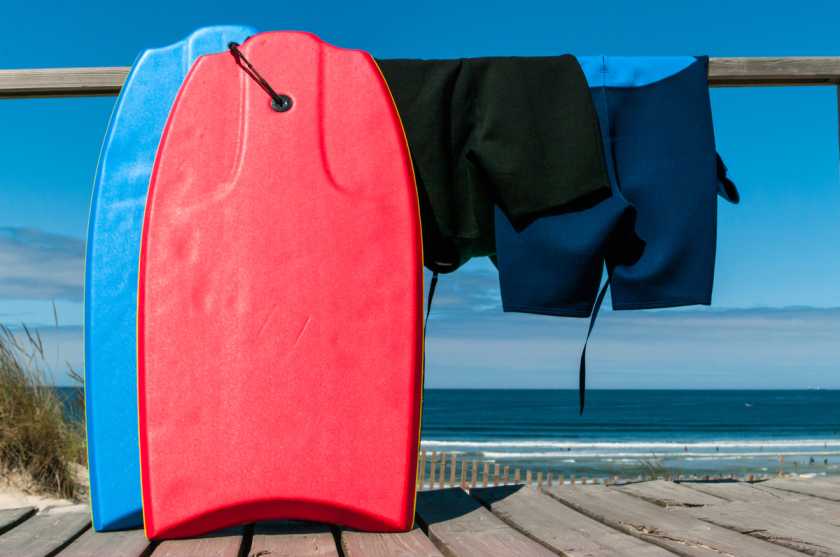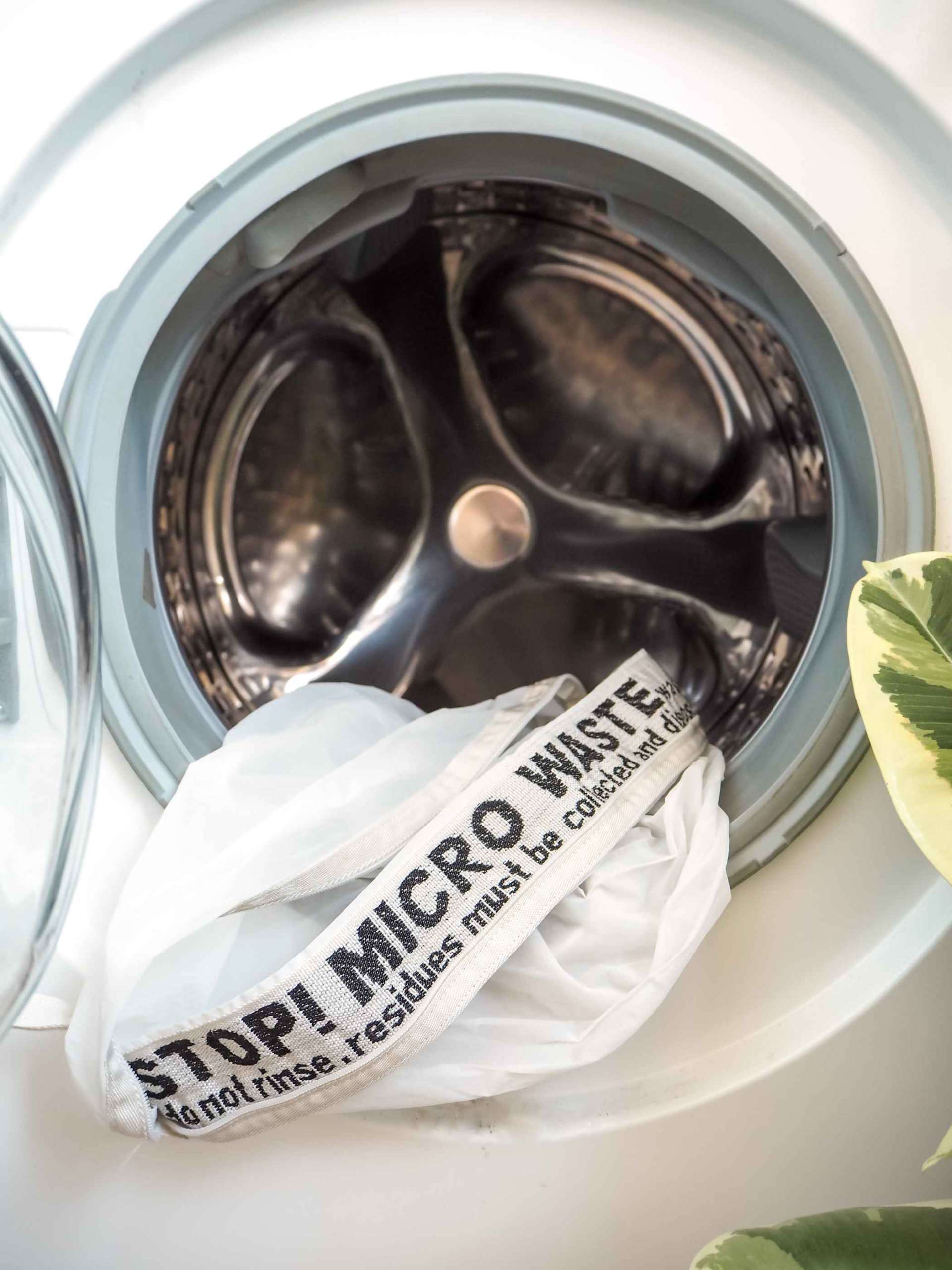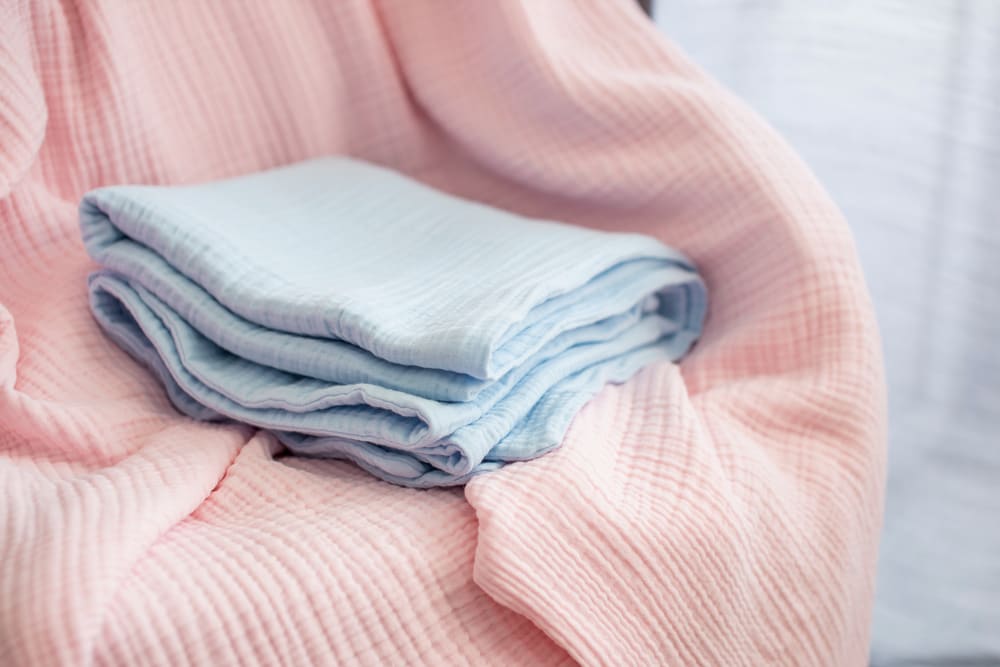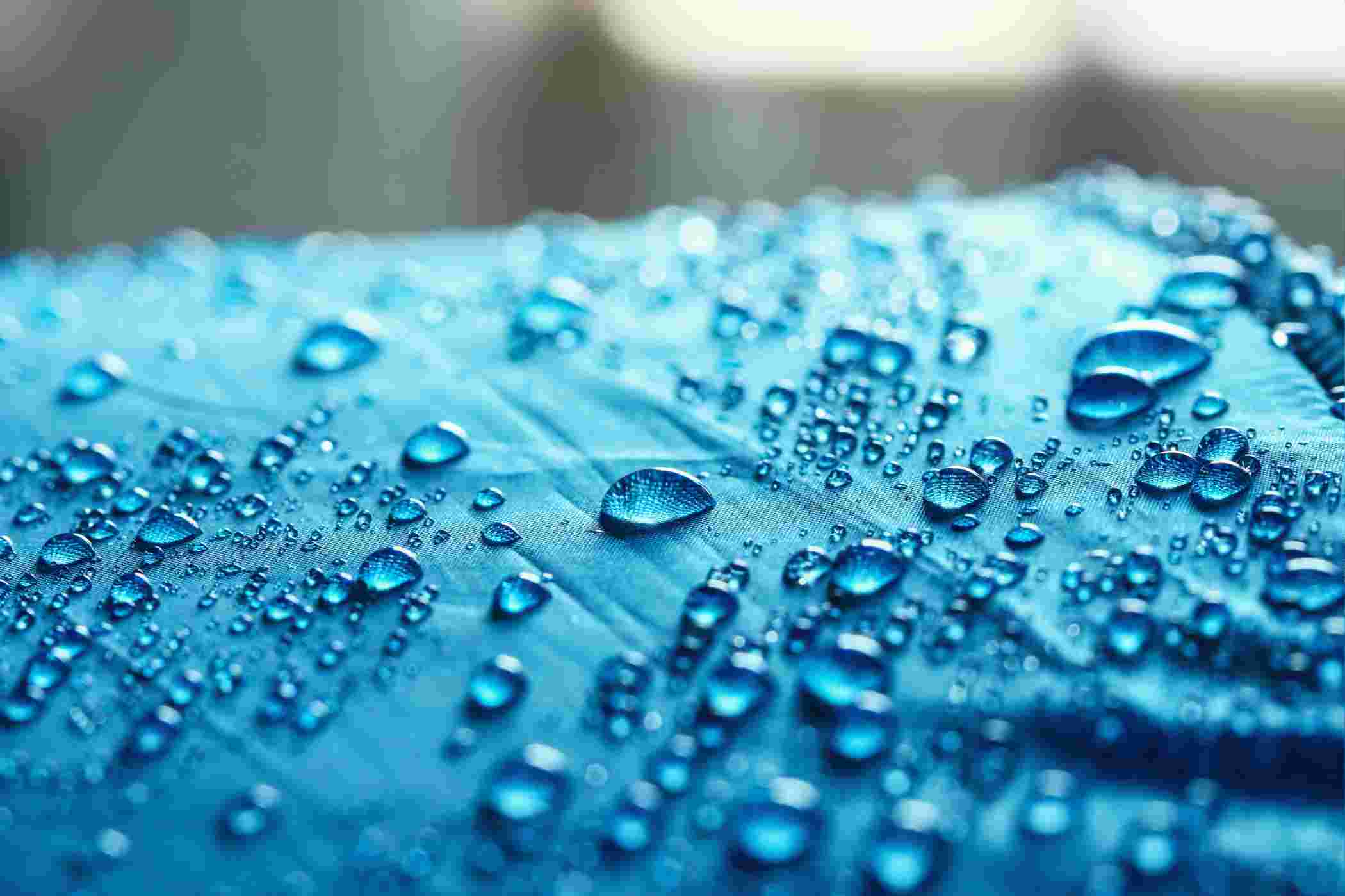Neoprene: The Waterproof Fabric You Need To Know About



| Fabric name | Neoprene |
| Fabric also known as | Scuba fabric, Polychloroprene |
| Heat retention ability | High |
| Largest exporter | USA |
| Commonly used in | Wetsuits, scuba gear, swimsuits, electronics cases, sportswear, sports bras, gaskets, industrial equipment m |
History
Neoprene is the generic brand name of polymerized rubbers known as polychloroprene. Neoprene is fully waterproof, which makes it ideal for wetsuits and other gear designed to insulate against wet and cold environments. The average thickness of neoprene is 3-5 millimeters.
In the first half of the 20th century, a global rubber shortage became a chief concern for industrial giants in the West. American companies like DuPont capitalized on this scenario. Fr. Julius Arthur Nieuwland, professor of chemistry at the University of Notre Dame, formulated a plastic called divinyl acetylene. DuPont hired Nieuwland to develop a compound based on divinyl acetylene that could be mass produced.
Nieuwland was successful and developed neoprene in 1930. Neoprene was an immediate success in the market. It was much in demand as an alternative to rubber. Neoprene went on to play a crucial role in the Allied efforts of World War II. Countries like Britain used neoprene during the war to make everything from jeep tires to wetsuits.
Production
Neoprene is made from petroleum. Polychloroprene is created by a process called free radical emulsion polymerization. This process turns natural chloroprene into synthetic polychloroprene.
Polychloroprene is often delivered to textile factories in liquid form. This liquid product is combined with additives to increase elasticity or to improve other traits. The resulting product is placed in a mixer and parched in an industrial oven. The hardened chloroprene rubber derived from these processes is called a “loaf.”
The loaf is sliced into chunks of various widths with the help of a large industrial machine. The sliced neoprene is laden onto pallets and shipped to manufacturers.

Manufacturers sew together the cut neoprene slices into the final products. Such products include apparel items, accessories, scuba gear, swimsuits, electronics cases, sportswear, sports bras, and wetsuits.
The thickness of the neoprene material varies. Generally, the thicker the material, the more insulative and waterproof it is. As a final step, manufacturers may apply waterproof or fireproof spray to neoprene. The finished item is then packaged and shipped to merchants.
Importers and Exporters
The prime exporter of neoprene today is the United States.
Types
| Type | Description |
| Synthetic polychloroprene | All types of neoprene made with petrochemicals are labelled synthetic polychloroprene. |
| Organic polychloroprene | Entrepreneurs have tried to prove that usable quantities of chloroprene rubber can be produced with natural limestone and not with petrochemicals. Limestone based polychloroprene has only been on the market for a few years, but the problem is that limestone based polychloroprene doesn’t appear to be any more biodegradable than petrochemical derivative ones. Nevertheless, the Earth is constantly reviving its limestone reserves and thus this form of chloroprene rubber is more sustainable. |
Uses
Neoprene is favoured for its insulation and durability. It is also favoured for its chemical, weather and ozone resistance. Neoprene’s primary uses are in the apparel industry. It is also used in sporting, military and other industries. Neoprene is a common material in summer wear, scuba suits and military grade vehicle tires.
Environmental Impact
Neoprene has a negative impact on the environment as it is derived from petroleum. The good news is that polychloroprene production only makes up a tiny fraction of each year’s total plastics production. Efforts are also underway to make chloroprene rubber production cleaner and more sustainable.
Limestone can be used as an alternative (to petroleum) to create polychloroprene. The environmental impacts of limestone are largely unknown. Limestone is a finite and nonrenewable resource mined from the earth with cranes. Crushed limestone is fed into a furnace and heated to high temperatures in an energy-intensive process. The heated components are then taken out of the furnace. They are mixed with other chemicals to make acetylene gas and other products.

Manufacturers may want to create polychloroprene using limestone. While limestone still has an environmental impact, limestone spills are a lot easier to clean up compared to petroleum. Manufacturers should note that chloroprenes derived from either petroleum or limestone are chemically equivalent to each other.
Limestone-based polychloroprene, compared to its petroleum based counterpart, is not inherently stronger or more flexible. Insulation properties are also similar for limestone and petroleum based polychloroprene.
Another trouble associated with polychloroprene production is the solvents used to make them. These solvents are volatile organic compounds. They can evaporate into the air during manufacturing and pollute the environment.
Neoprene manufacturers looking to improve their environmental impact can shift to nontoxic and more sustainable methods. These production methods include laminating fabric to neoprene as well as gluing cut pieces. Doing so would greatly reduce environmental hazards.



















